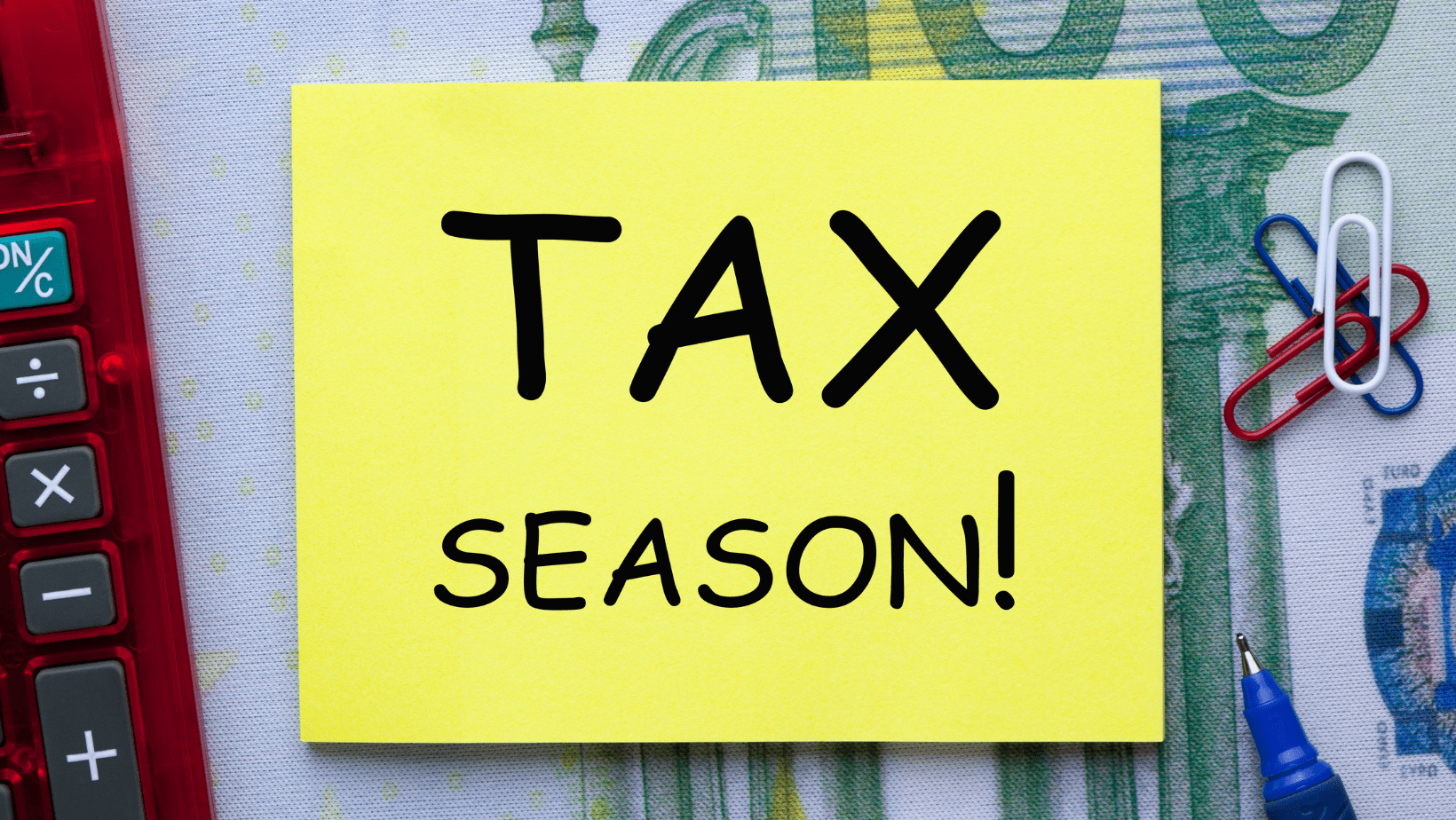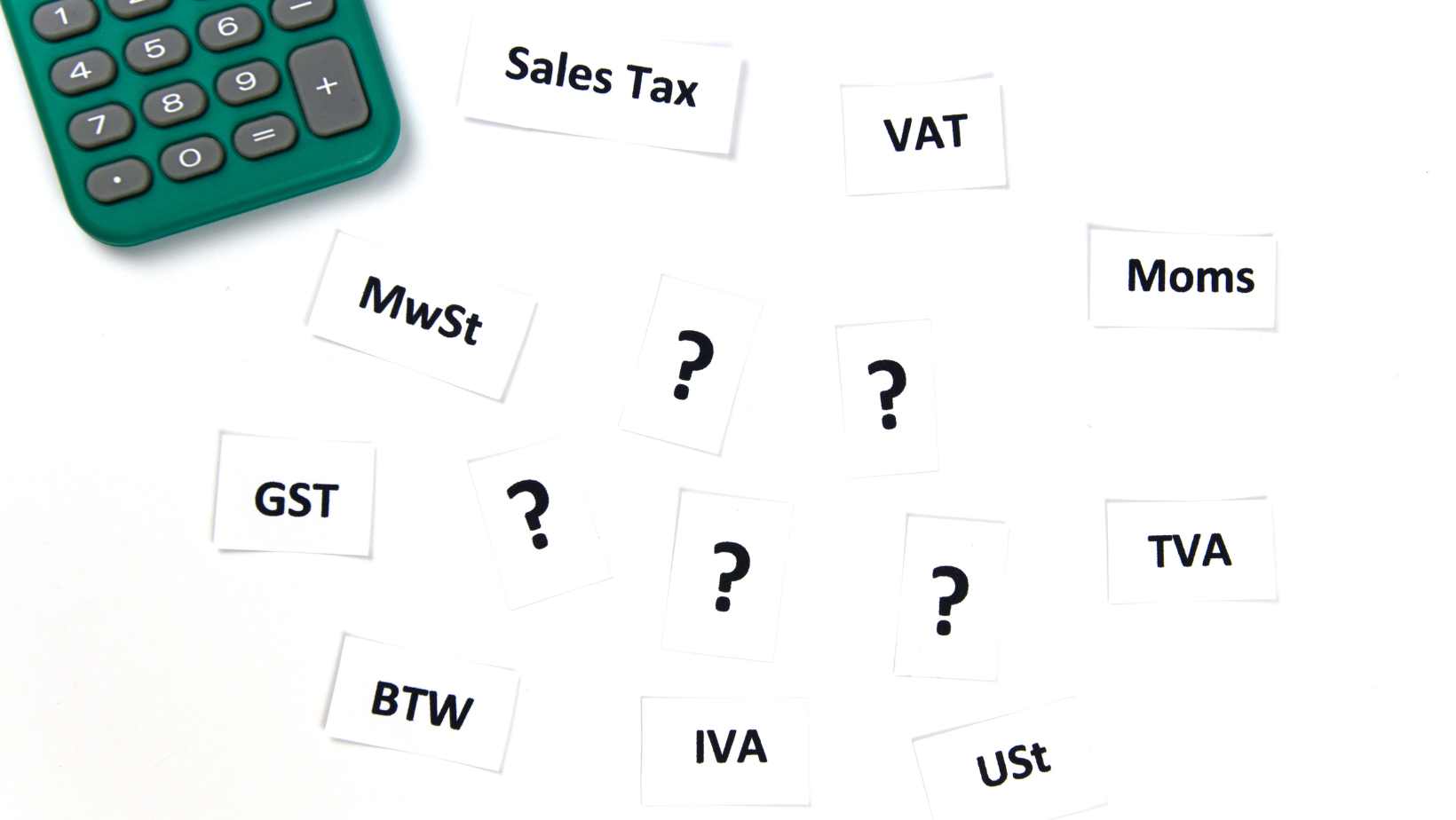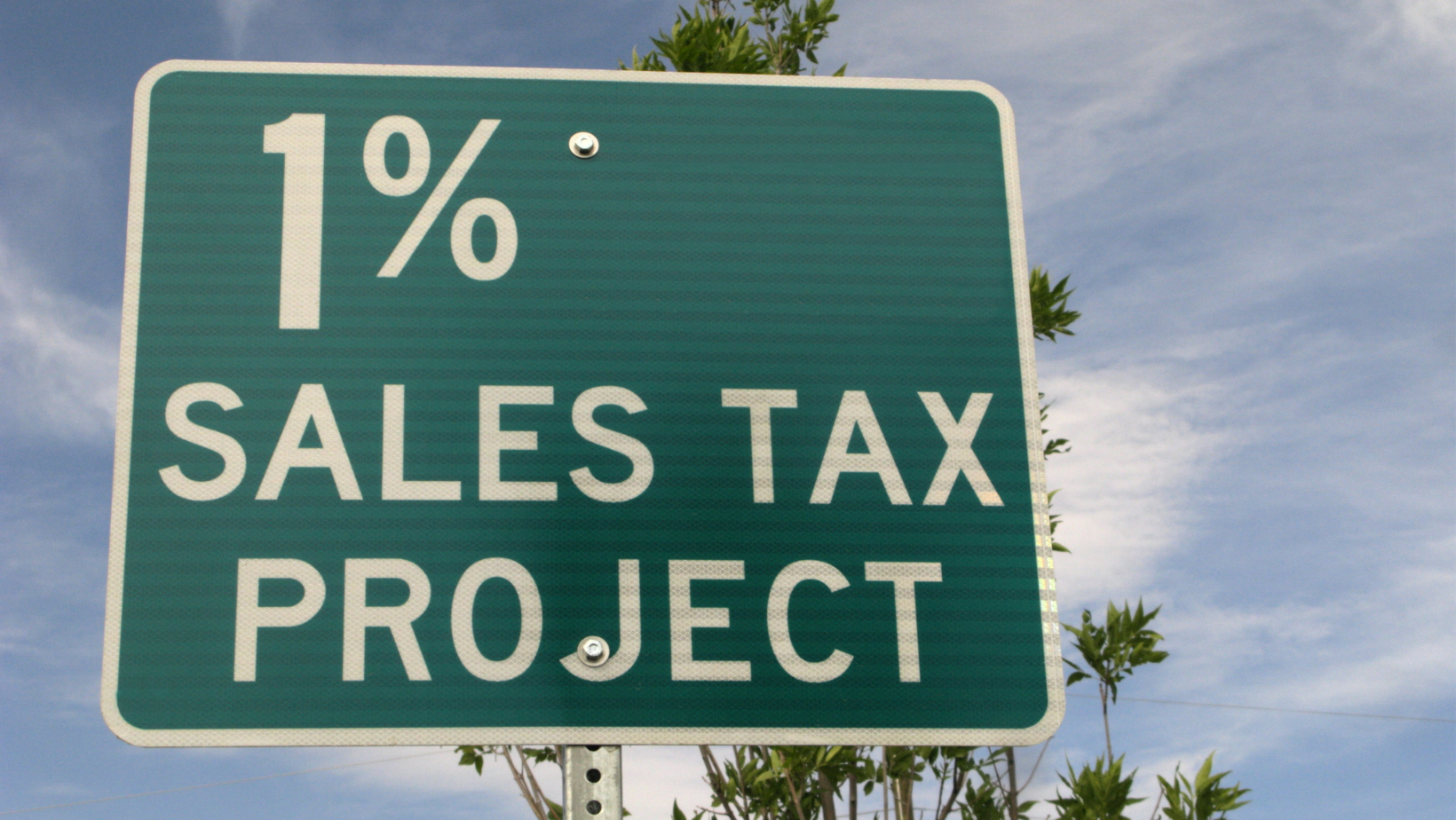
Businesses and consumers are constantly faced with the challenge of understanding and navigating the complex tax system in the United States. With varying tax rates across different states, it can be particularly daunting for individuals to keep up with the ever-changing landscape. One state that often stands out in this regard is New York, home to one of the highest sales tax rates in the country.
But what exactly is the sales tax in New York, and how does it impact residents and visitors? In this comprehensive New York sales tax guide, we will delve into all aspects of the sales tax in New York, from its history and purpose to how it is calculated and collected. So read on to thoroughly understand this crucial aspect of doing business or purchasing in the Empire State. Let's take a closer look!
Sales tax was first introduced in the United States in 1930 during the Great Depression. At the time, it was considered a temporary measure to generate revenue for struggling state governments. However, sales tax became a permanent fixture in most states' tax systems, including New York.
The purpose of sales tax is to raise revenue for state and local governments by taxing the sale of goods and certain services. This revenue funds essential public services such as schools, roads, and healthcare. In New York specifically, sales tax makes up a significant portion of the state's budget and is a crucial source of income for local governments.
In New York, the sales tax is calculated as a percentage of the final purchase price and added to the total cost at purchase. The state-wide sales tax rate in New York stands at 4%, although local governments have the authority to impose additional taxes. This means that the total sales tax rate in some areas can reach as high as 8.875%.
It's important to note that sales tax only applies to tangible goods, which refers to physical items that can be seen or touched. Certain services, such as transportation and healthcare, are exempt from the tangible personal property sales tax in New York.

As mentioned earlier, the sales tax rate in New York is among the highest in the country. Currently, it stands at 8.875%, which includes a state tax rate of 4% plus additional local taxes imposed by counties and cities. Here are some factors that contribute to the high sales tax rate in New York:
The needs of both the state and local governing bodies play a significant role in determining the sales tax rate in New York. The state's abundant public services, ranging from its well-maintained parks and recreational facilities to its comprehensive public transportation system, require substantial funding. Furthermore, with New York hosting some of the world's leading educational and healthcare institutions, the need for resource allocation in these sectors is immense.
Likewise, local governments within the state also have their specific needs. For instance, with its dense population and bustling urban lifestyle, New York City demands high expenditure on infrastructure, safety measures, and public amenities. To illustrate, the introduction of the Congestion Pricing Plan, aimed at reducing traffic in Manhattan and raising funds for the city's mass transit system, is a prime example of a local need-driving tax policy. Therefore, both state and local needs significantly contribute to the high sales tax rate in New York.
Understanding the distribution of sales tax in New York is crucial for comprehending the reasons behind its high rate. It's important to note that the state does not solely keep the revenue generated from sales tax. Instead, a significant portion is allocated to local governments, including cities, counties, and school districts. This segmented distribution ensures that each governmental body has the necessary resources to fulfill its specific responsibilities and provide essential services.
For example, the sales tax on hotel rooms in New York City is divided between the state, city, and local Metropolitan Transportation Authority (MTA). This distribution means that while the state receives a portion of the tax revenue, it also benefits other entities, such as the MTA, which is essential for maintaining and expanding the city's public transportation network. Therefore, understanding how to collect sales tax revenue is crucial in comprehending the different factors contributing to the high sales tax rate in New York.
The tourism industry plays a significant role in shaping New York's sales tax rates. The city's status as a global tourist hotspot means abundant opportunities to generate tax revenue from various goods and services visitors consume. The state strategically leverages this by charging sales tax on items and experiences that tourists typically spend on, from restaurant meals and hotel stays to museum tickets and sightseeing tours.
For example, consider the Statue of Liberty, one of New York's most iconic landmarks. A ticket to the statue includes the cost of the ferry ride, the tour itself, and a sales tax component. This annual tax revenue from millions of visitors significantly adds to the state's funds. Therefore, the bustling tourism industry and its broad spectrum of taxable goods and services is a key contributor to New York's high sales tax rate.
New York's progressive tax system is another element that shapes its sales tax rates. In a progressive tax system, the tax rate increases as the taxable amount increases. This approach ensures that those with higher incomes contribute more to the state's revenue, fostering a sense of fairness and equality in tax distribution.
In New York, this is reflected in the state's income tax structure, which ranges from 4% for the lowest income bracket to 8.82% for the highest. However, it's a bit different when it comes to remit sales tax. While sales tax is a flat rate and applies to everyone equally, certain goods deemed necessities like groceries, prescription medicines, and clothing priced under $110 are exempt.
This is done to lessen the tax burden on lower-income individuals and families, for whom these costs constitute a greater proportion of their income. For instance, a family purchasing groceries in New York would not pay any sales tax on this necessity, ensuring that basic needs can be met without the added financial strain of tax. Understanding New York's progressive tax system sheds light on the rationale behind its sales tax structure and rates.
The economic climate is a significant determinant of the sales tax rates in New York. The state's economic well-being directly impacts the tax policy and set rates. In periods of economic growth, the state may opt to reduce sales tax rates, as increased consumption and business activity naturally lead to higher tax revenue.
However, during economic downturns or periods of fiscal instability, the state may increase the sales tax rate to ensure a steady flow of revenue, considering that sales tax is one of the most reliable income sources. For instance, during the financial crisis of 2008-2009, many states across the U.S., including New York, raised their sales tax rates to mitigate revenue shortfalls. The COVID-19 pandemic has also significantly impacted New York's economy, leading to budgetary constraints that may influence the sales tax policy. Therefore, the economic climate is a crucial factor that shapes New York's sales tax rates, reflecting the state's adaptive approach toward maintaining fiscal stability amidst varying economic conditions.
New York's sales tax rates are not set in stone but undergo ongoing evaluations and revisions based on many factors. The state regularly monitors its revenue streams, economic conditions, and expenditures to determine the effectiveness of current tax policies and make necessary adjustments.
For instance, in 2020, as part of its budget plan, New York proposed a sales tax rate increase from 4% to 5% for the sale of select luxury goods. The state aims to use this additional revenue to fund its Medicaid program and tackle budget deficits. This decision demonstrates how the state continuously reviews and updates its tax policies to meet changing needs and address financial challenges. Therefore, understanding that New York's sales tax rates are not fixed but subject to regular evaluations and revisions is essential in comprehending the complexities of its tax system.

Despite its high rate, New York's sales tax has numerous benefits for the state and its residents. A diverse range of taxable goods and services helps generate substantial revenue that supports essential services and infrastructure projects, contributing to the state's overall economic growth. Here are some specific benefits of New York's sales tax:
New York's sales tax is crucial in supporting the Metropolitan Transportation Authority (MTA), which maintains and expands the city's intricate public transportation network. With over 5 million daily riders, New York's subway system is one of the largest and busiest in the world, making it an essential aspect of the city's infrastructure. However, operating and maintaining such a complex system requires significant financial resources primarily funded through sales tax revenue.
For example, in 2020, the MTA received $1.5 billion in sales tax revenue, accounting for almost 20% of its total budget. This funding allows the MTA to provide daily reliable and efficient transportation services for millions of New Yorkers. Therefore, the sales tax in New York not only benefits the state's economy but also plays a vital role in ensuring the smooth functioning of its public transportation system.
Sales tax revenue also contributes to funding education in New York State. The state has a complex school aid formula allocates funds to different school districts based on their needs and resources. This includes sales tax revenue, which the state collects and redistributes to the various school districts.
In 2020, sales tax revenue accounted for over $3 billion of the total $27.7 billion allocated for school aid, making it a significant source of education in the state. This support allows schools to maintain high-quality educational programs and services, ensuring that New York's youth receive a quality education.
New York's sales tax also contributes to funding essential healthcare and social services for its residents. A portion of the sales tax revenue supports Medicaid, a federal-state program that provides healthcare coverage for low-income individuals and families.
In 2020, New York's sales tax revenue contributed over $5 billion to fund Medicaid services, ensuring access to healthcare for vulnerable populations in the state. Additionally, sales tax revenue supports other social service programs, such as mental health services and public assistance programs, further benefitting New York's residents.
Environmental conservation and parks are crucial for New York's tourism industry, which generates significant revenue for the state. As such, it is essential to maintain and protect these natural resources, and sales tax revenue plays a vital role in supporting these efforts.
For instance, in 2020, the state allocated over $200 million of its sales tax revenue to support environmental conservation programs. These funds are used for various projects, such as improving water quality and preserving natural habitats. Additionally, sales tax revenue contributes to maintaining the state's vast network of parks and recreational areas, attracting tourists and locals alike. Therefore, New York's sales tax not only supports essential services but also plays a role in promoting the state's tourism industry.
New York's sales tax is a significant source of revenue for local governments and municipalities, providing them with the necessary resources to support their communities. The state collects sales tax from goods sold within each locality and redistributes a portion of that revenue to the respective locality.
In 2020, over $1.2 billion in New York state sales tax revenue was distributed to local governments, accounting for about 14% of their total revenue. This funding allows localities to provide essential services and invest in community development projects that benefit their residents. Therefore, the sales and use tax in New York also plays a crucial role in supporting and strengthening local communities.
As mentioned earlier, a portion of New York's sales tax revenue goes towards supporting the MTA, which is responsible for maintaining and expanding the city's public transportation system. However, the New York State Department also supports other critical infrastructure projects.
In 2020, New York allocated over $3 billion of its sales tax revenue to support infrastructure projects such as bridge and highway maintenance and expansion. These funds are vital in ensuring the safety and efficiency of New York's transportation infrastructure, contributing to the state's overall economic development.
New York's sales tax provides a significant source of revenue that helps keep property taxes low for its residents. Localities can use retail sales tax revenue to support their budgets and reduce their reliance on tangible personal property taxes, which are often higher and more burdensome for homeowners.
In 2020, sales tax revenue accounted for an average of 12% of the local government's total revenue, providing them with a stable source of income that helps keep property taxes low. This benefit is particularly crucial for low-income individuals and families struggling to pay high property taxes.

Despite its various benefits, the state sales tax rate in New York also faces challenges that can impact its effectiveness as a revenue source. These include:
The sales tax in New York plays a critical role in generating revenue for a wide range of essential services and infrastructure. These services span from education and healthcare to environmental conservation and public transportation. Despite the challenges posed by high tax rates, exemptions, e-commerce, and fraud, the benefits it brings to communities and individuals throughout the state cannot be denied. It supports local economies, helps keep property taxes low, and provides resources for local governments and municipalities to serve their constituents better. Achieving a fair and effective sales tax system requires continuous evaluation and adjustments. However, its impact on New York's social fabric underscores its importance.
We care about your data — privacy policy.